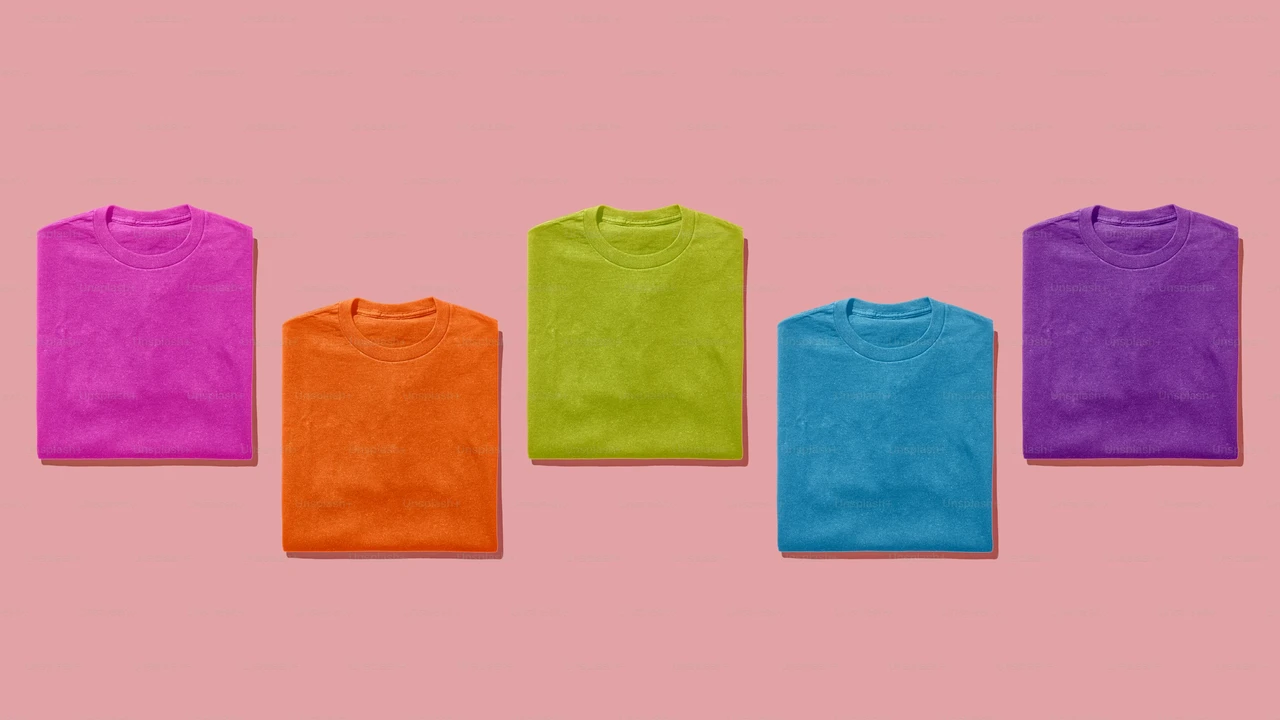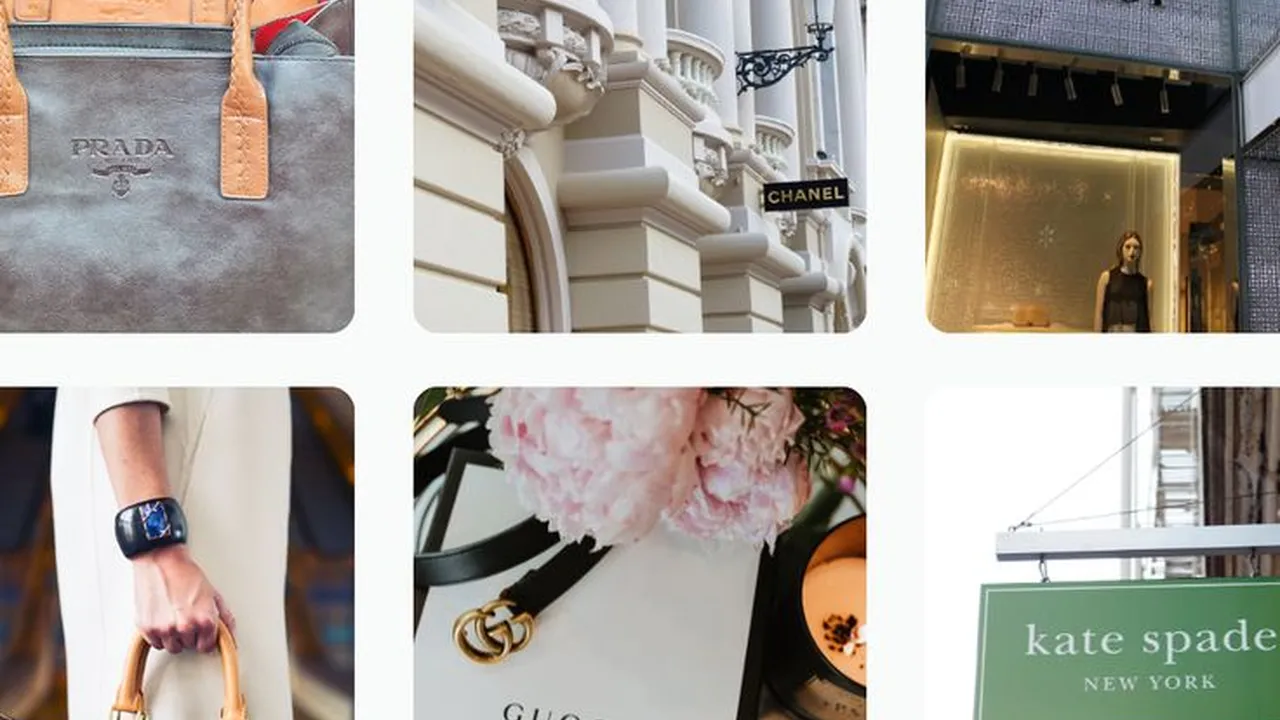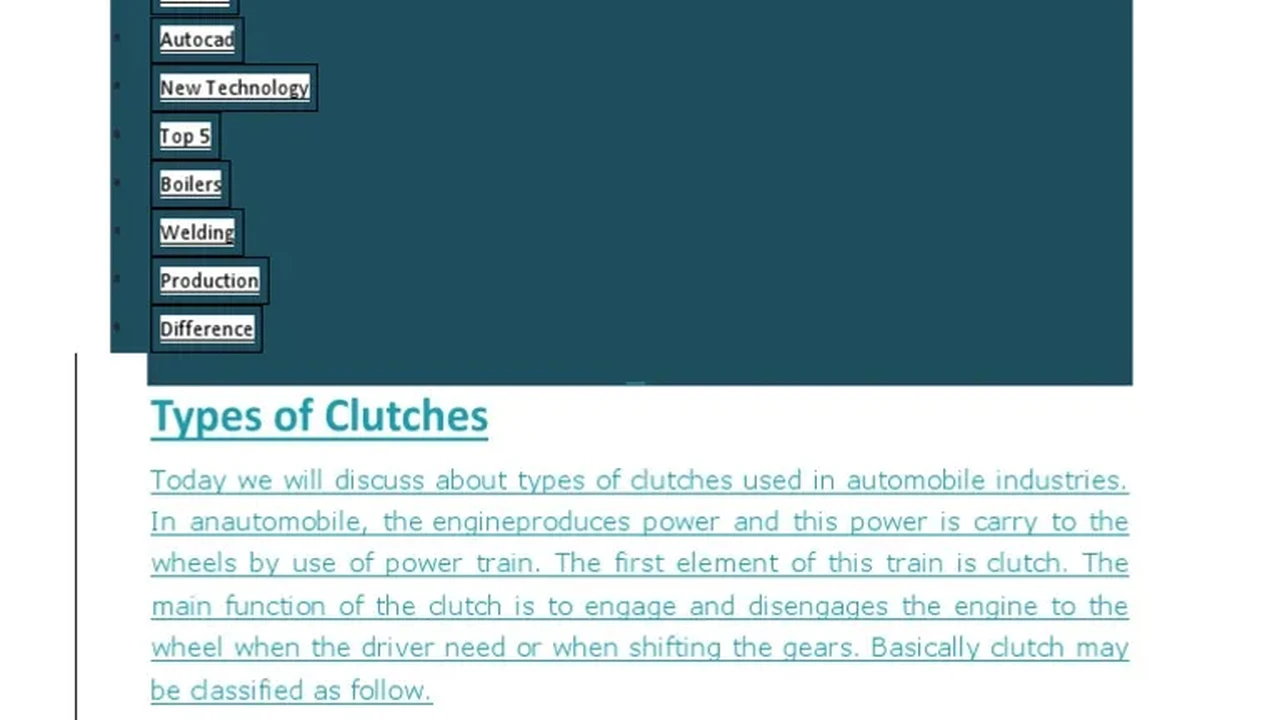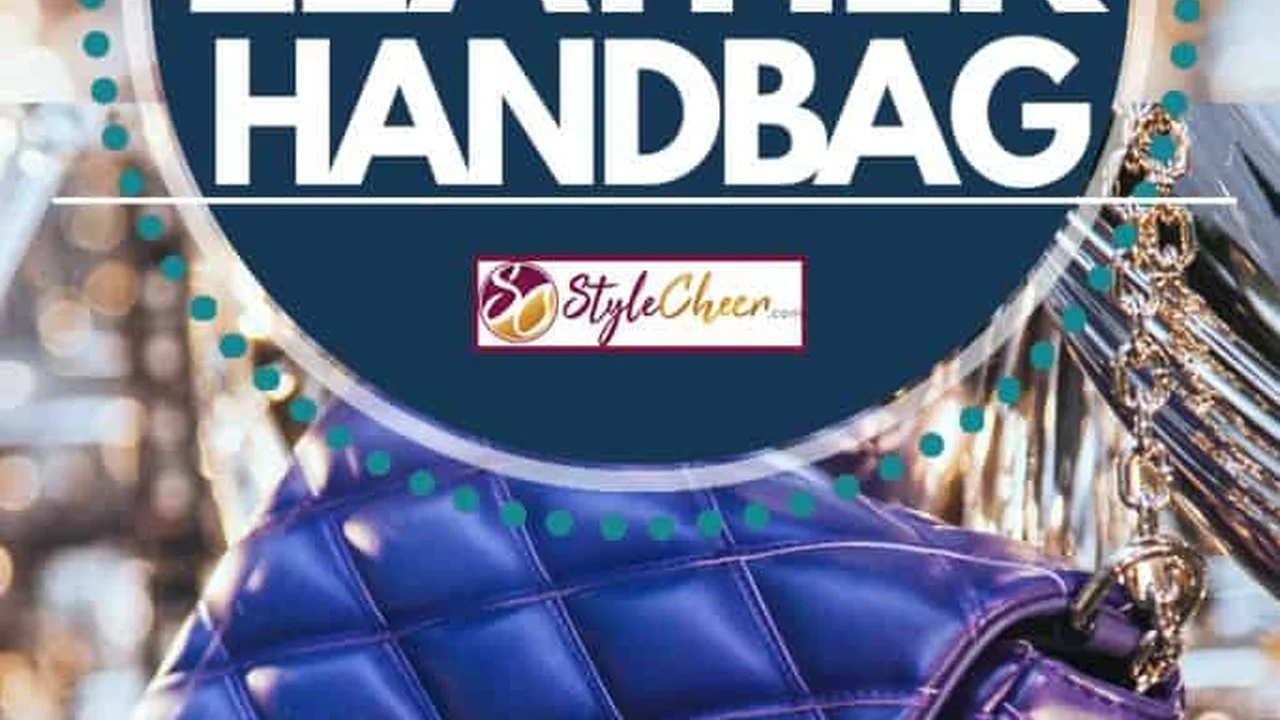How to Protect Your Handbag from the Elements
Learn how to protect your handbag from rain, sun, and other environmental factors. Tips for preserving its condition.
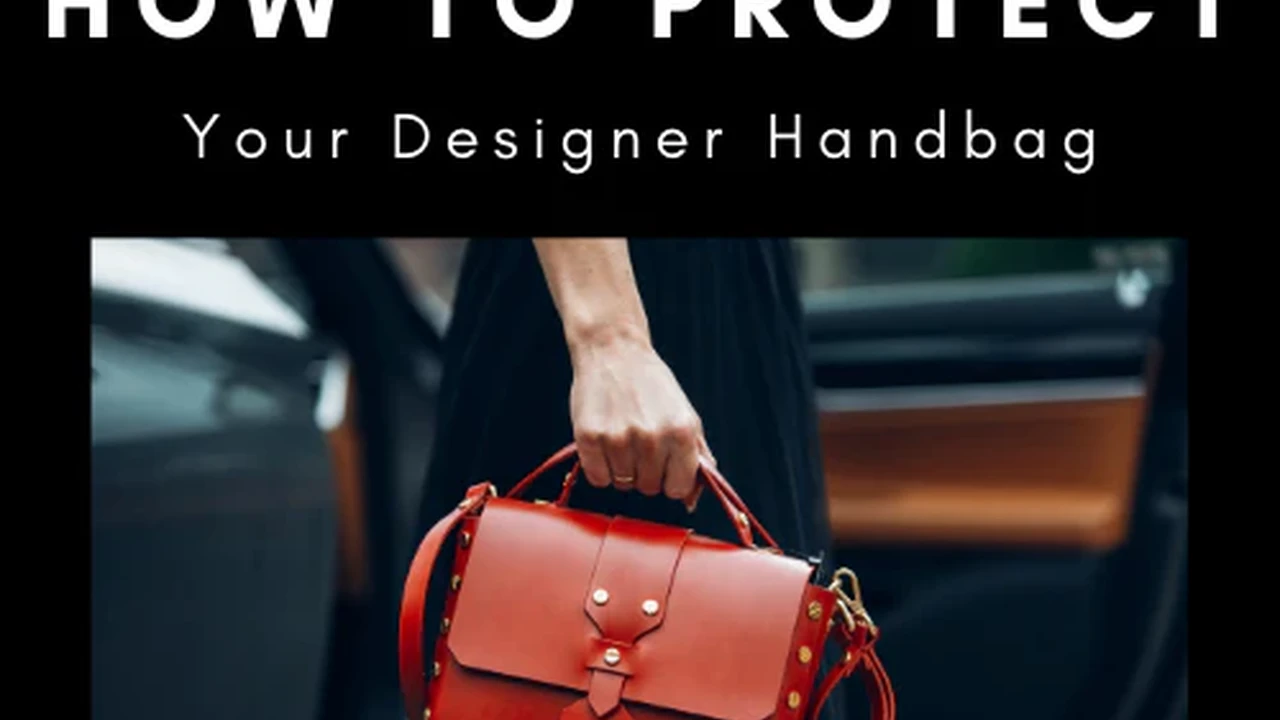
Understanding the Environmental Threats to Your Handbag: Sun, Rain, and More
Okay, let's face it, your handbag is more than just a bag; it's an investment, a statement piece, and a trusty companion. But just like anything precious, it needs protection from the elements. Think about it: scorching sun, sudden downpours, humidity, and even everyday dust can wreak havoc on your favorite bag. This isn't just about aesthetics; it's about preserving the integrity of the materials and extending the life of your beloved accessory. So, what are the main culprits, and how can you combat them?
- Sun Exposure: Fading, discoloration, and drying out are common issues. Leather can become brittle, and colors can lose their vibrancy.
- Rain and Humidity: Water stains, mold, and mildew are the enemies. Leather can warp, and linings can develop unpleasant odors.
- Dust and Dirt: These accumulate over time, dulling the surface and potentially damaging delicate materials.
- Extreme Temperatures: Hot and cold extremes can cause cracking and warping.
Protecting Leather Handbags from the Elements: A Detailed Guide
Leather, whether it's full-grain, top-grain, or suede, requires special attention. Here's a breakdown of how to shield your leather lovelies:
Leather Handbag Waterproofing: Rain Protection Tips and Products
Water is leather's biggest foe. Before you even step out the door, consider these strategies:
- Leather Protector Sprays: Invest in a high-quality leather protector spray specifically designed for handbags. Brands like Apple Brand Garde Rain and Stain Repellent or Collonil Carbon Pro are excellent choices. These sprays create a breathable barrier that repels water and stains without altering the leather's appearance.
- Application: Apply the spray in a well-ventilated area. Hold the can about 6-8 inches away from the bag and spray evenly. Allow it to dry completely (usually 24 hours) before using the bag. Reapply every few months, or more frequently if you live in a rainy climate.
- Product Example: Collonil Carbon Pro - around $20-$30. This spray is known for its long-lasting protection and suitability for various leather types.
- Rain Covers: For heavy downpours, a rain cover is your best bet. These covers slip over your bag, providing a waterproof shield. Many handbag brands sell custom-fit rain covers for their bags.
- Product Example: Burberry Rain Cover (for specific Burberry bags) - around $50-$100. Alternatively, generic rain covers are available on Amazon for around $10-$20.
- Immediate Action: If your leather bag gets wet, don't panic! Blot it immediately with a soft, dry cloth. Avoid using heat (like a hairdryer) as this can damage the leather. Let it air dry naturally, away from direct sunlight.
Sun Protection for Leather Bags: Preventing Fading and Discoloration
The sun can fade and damage leather just as easily as it can your skin. Here's how to protect your bag from harmful UV rays:
- Storage: When not in use, store your leather bag in a dust bag in a cool, dark place. This prevents sun exposure and keeps dust at bay.
- Avoid Direct Sunlight: Never leave your bag in direct sunlight for extended periods, especially in a car.
- Leather Conditioner: Regularly condition your leather bag to keep it supple and prevent it from drying out and cracking. A good leather conditioner will also help to protect it from UV damage.
- Product Example: Chamberlain's Leather Milk - around $20-$30. This conditioner is made with natural ingredients and is safe for most leather types.
- Application: Apply a small amount of conditioner to a soft cloth and gently rub it into the leather. Allow it to absorb for a few hours before buffing with a clean cloth.
Humidity Control for Leather Handbags: Preventing Mold and Mildew
High humidity can lead to mold and mildew growth, which can ruin a leather bag. Here's how to keep humidity at bay:
- Silica Gel Packets: Place silica gel packets inside your bag to absorb moisture. These packets are readily available at craft stores and online.
- Proper Ventilation: Store your bag in a well-ventilated area. Avoid storing it in airtight containers, as this can trap moisture.
- Regular Cleaning: Regularly clean your leather bag to remove any dirt or grime that can attract moisture.
Protecting Fabric Handbags from the Elements: Canvas, Nylon, and More
Fabric handbags, like those made from canvas or nylon, require a different approach to protection. While they're often more water-resistant than leather, they're still susceptible to stains and fading.
Fabric Handbag Stain Prevention: Repellent Sprays and Quick Action
Stains are the biggest threat to fabric bags. Prevention is key:
- Fabric Protector Sprays: Use a fabric protector spray specifically designed for handbags. Scotchgard Fabric Protector is a popular choice.
- Application: Apply the spray in a well-ventilated area. Hold the can about 6-8 inches away from the bag and spray evenly. Allow it to dry completely before using the bag. Reapply every few months.
- Product Example: Scotchgard Fabric Protector - around $10-$15.
- Immediate Action: If your fabric bag gets stained, act quickly. Blot the stain with a clean, damp cloth. Avoid rubbing, as this can spread the stain. For stubborn stains, use a mild detergent diluted with water.
Protecting Fabric Bags from Sun and Rain: Special Considerations
While fabric bags are generally more resilient to water than leather, they still need protection from the elements:
- Sun Fading: Store your fabric bag in a dust bag to prevent sun fading.
- Water Resistance: Many nylon bags are naturally water-resistant. However, canvas bags may require a water-resistant spray to provide adequate protection.
- Cleaning: Regularly clean your fabric bag to remove any dirt or grime that can dull the fabric. Most fabric bags can be hand-washed with mild detergent and water.
Specific Handbag Recommendations and Usage Scenarios: Protecting Your Investment
Let's look at some specific handbag recommendations and how to protect them in various scenarios:
Scenario 1: The Luxury Leather Tote for Work
- Bag: Cuyana Classic Leather Tote - around $195. This tote is made from Italian leather and is perfect for carrying work essentials.
- Protection: Apply Apple Brand Garde Rain and Stain Repellent for water protection. Condition regularly with Chamberlain's Leather Milk to prevent drying and cracking. Store in its dust bag when not in use.
- Usage: Commuting to work, attending meetings, carrying a laptop and other essentials.
Scenario 2: The Stylish Canvas Crossbody for Travel
- Bag: Baggu Duck Bag - around $34. This durable canvas crossbody is perfect for travel and everyday use.
- Protection: Apply Scotchgard Fabric Protector to repel stains. Spot clean as needed.
- Usage: Traveling, sightseeing, running errands.
Scenario 3: The Investment Piece: A Designer Leather Handbag
- Bag: Chanel Classic Flap Bag - Price varies greatly depending on year and condition, but expect to pay upwards of $8,000 new.
- Protection: Professional leather cleaning and conditioning are recommended. Use a rain cover during inclement weather. Store in its original dust bag and box. Consider professional authentication services if purchasing pre-owned.
- Usage: Special occasions, investment piece, statement accessory.
Comparing Protection Methods: Leather vs. Fabric
Here's a quick comparison of protection methods for leather and fabric handbags:
| Protection Aspect | Leather Handbags | Fabric Handbags |
|---|---|---|
| Water Protection | Leather protector spray, rain cover | Fabric protector spray, water-resistant materials |
| Sun Protection | Leather conditioner, dust bag storage | Dust bag storage |
| Stain Prevention | Leather protector spray, immediate blotting | Fabric protector spray, immediate blotting |
| Humidity Control | Silica gel packets, proper ventilation | Proper ventilation |
Final Thoughts: Keeping Your Handbags Looking Their Best
Protecting your handbag from the elements is an ongoing process. By taking the time to implement these tips, you can ensure that your bags remain beautiful and functional for years to come. Remember to tailor your protection methods to the specific materials and usage scenarios of your bags. Happy styling!
:max_bytes(150000):strip_icc()/277019-baked-pork-chops-with-cream-of-mushroom-soup-DDMFS-beauty-4x3-BG-7505-5762b731cf30447d9cbbbbbf387beafa.jpg)



